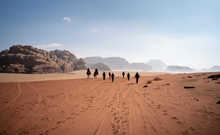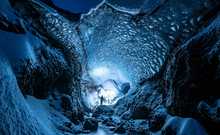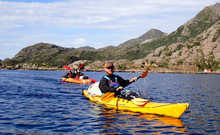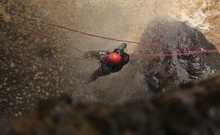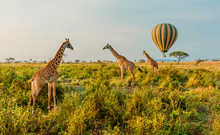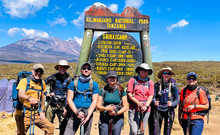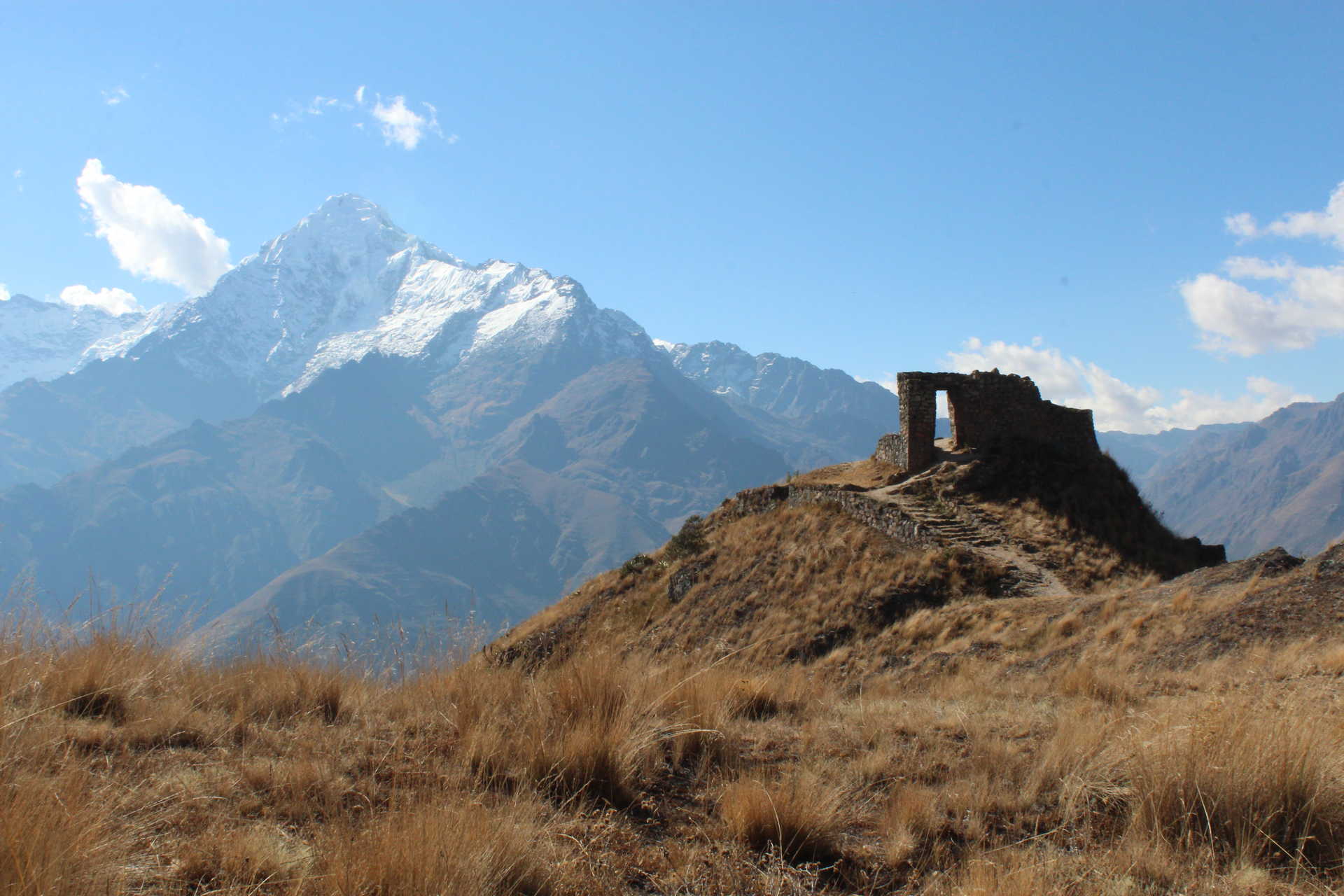VISITING MACHU PICCHU
The Inca Trail trek to Machu Picchu is an iconic route following the ancient footsteps of the Incas through the high Andean Mountains to the Historic Sanctuary of Machu Picchu. Over a million people visit this historic site every year. Many of those arrive on foot hiking the Inca Trail to Machu Picchu, following in the footsteps of this innovative civilisation, arriving at the Sun Gate, or Inti Punku – the original gateway to the city.
Destinations such as Machu Picchu require stringent permit policies to preserve these significant sites for future generations. Valuable insights into the incredible Inca people and their intriguing way of life are contained within these mountains and protecting its structures is important.
Due to the vast popularity of the Inca Trail, permits sell out months in advance and trekkers need to be well prepared if they wish to trek the Inca Trail. You cannot book the trail yourselves - anyone wishing to trek this historic route must book through an authorised tour operator.
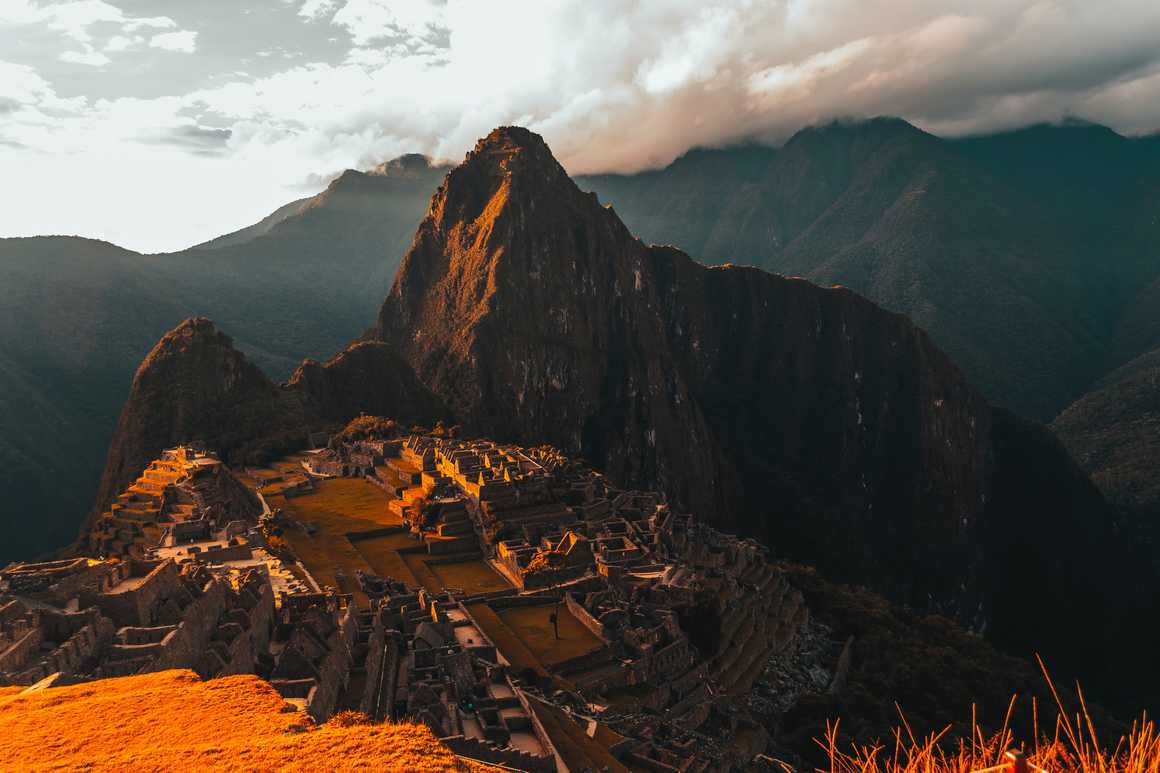
How to Get to Machu Picchu
You can get the train or a bus to Aguas Calientes and a bus on to Machu Picchu. But we’re an adventure travel company and travellers like us who prefer a more authentic experience of iconic destinations are more likely to want to arrive on foot. The Inca Trail is the most famous Machu Picchu hiking trail and the only one that actually arrives at the city on foot.
But did you know there are plenty of other ways to trek to Machu Picchu?!
The Inca’s love of road building is evident by the plethora of paved routes in and around the mountains of Peru. There are some awesome alternative routes to Machu Picchu that don’t require permits booked months in advance. Travellers wanting to avoid the crowds, explore more of the Andes and immerse themselves in the ancient culture of this special place should seriously consider the alternative treks to Machu Picchu.
Our Favourite Five Alternative Routes to Machu Picchu
Alternative trails to Machu Picchu each have their own charm and are strewn with unique sites that hikers on the Inca Trail don't get to see. In fact, we often hear trekkers say that they prefer alternate routes that hike to Machu Picchu, for the lack of other people and the more immersive cultural experience they offer.
Ultimately the best route to Machu Picchu is the one that best suits your needs. We urge you to carefully research your Peru trek options before committing to the iconic Inca Trail. The alternative options listed below may be lesser known, but each offers a unique insight into the magical Andes and an unforgettable journey to the ancient Citadel of Machu Picchu.
Let’s take a closer look at each Machu Picchu hike.
1. The Salkantay Trek
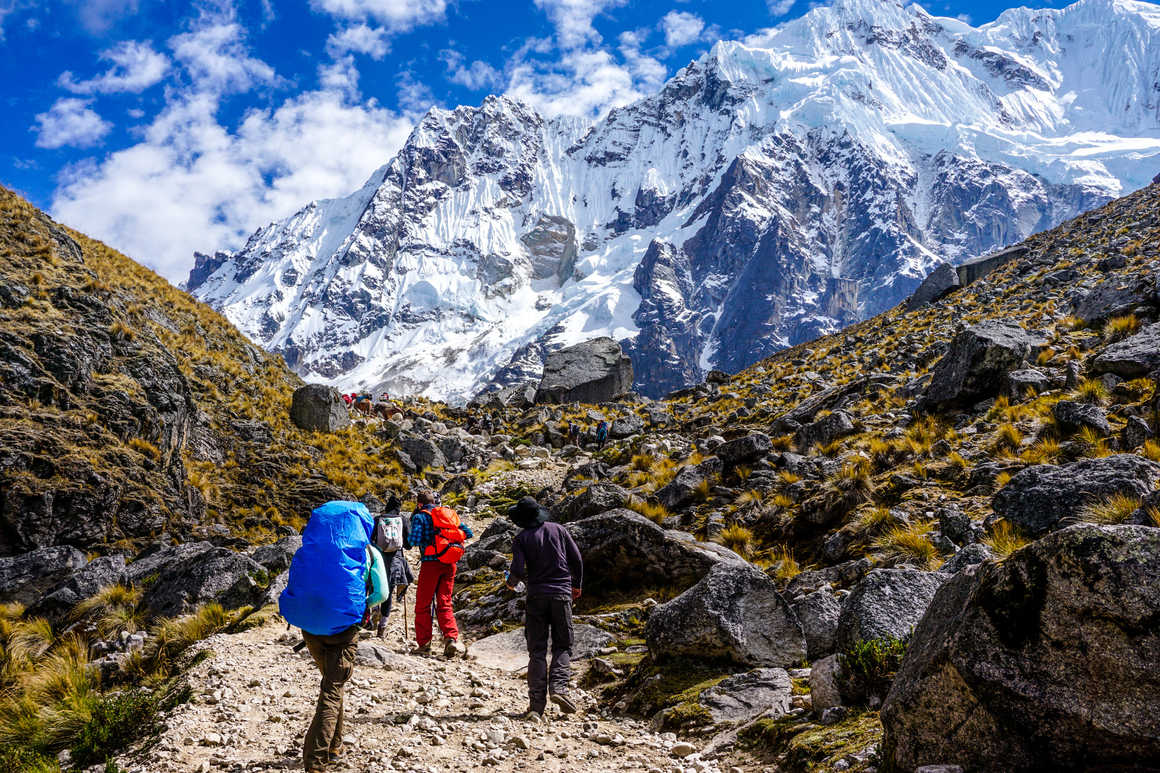
Trip length: 8 days
Trek duration: 5 days
Difficulty rating: Moderate
Whilst the Inca Trail is notorious for its changing scenery and topography, the Salkantay Trek to Machu Picchu is even more impressive! Regularly appearing in the National Geographic as one of the top treks on earth, the Salkantay Trek is ideal for anyone looking to experience the awesome mountain scenery of Peru.
Salkantay Mountain, Peru, standing at 6,271m, is one of the most important religious apus in Peru. It’s a sacred peak that is still revered to this day. The trek is more difficult than the Inca Trail and you'll no doubt be assisted by mules.
The trail climbs through the stunning Mollepata Valley before traversing around Mount Salkantay. From there, you descend into sub-tropical cloud forests before coming onto an ancient Incan highway that leads to the arresting ruins of Llactapata.
Some of the most stunning views in the whole region can be seen from Llactapata, looking across the valley where you can glimpse an incredible side view of Machu Picchu. After visiting Llactapata, retreat to a local train station where it's a short journey to the ruins themselves.
When comparing the Salkantay Trek vs the Inc Trail, they both offer breathtaking scenery, journey past ancient Incan ruins and visit Machu Picchu. However, Salkantay trekking is a much more off-the-beaten-track experience. And the remote location of the Salkantay Trail means you’ll see a much broader range of flora and fauna.
For a best-of-both option, consider the Inca Trail via Salkantay and end your trip on a high by walking into Machu Picchu via the Sun Gate, or Inti Punku.
highlights
1. The Salkantay Trail takes you through the Salkantay Pass to around 4,600m which is a real adventure. The challenge of this trek is worthwhile by the stunning mountain scenery, unrivalled views of Mount Salkantay and the unforgettable journey through remote parts of the Andes.
2. Humantay Lake is a turquoise glacial lake at the base of the Humantay Glacier, which you’ll pass on day 1 of your trek. The stunning lake with its backdrop of high peaks is truly breathtaking and a real highlight of this route.
3. Cool off in the subtropical jungle at Ceja de Selva in the cool waterfalls cascading through rocks and over pools. Keep an eye out for the local wildlife, which you’ll hear before you see!
2. The Lares trek
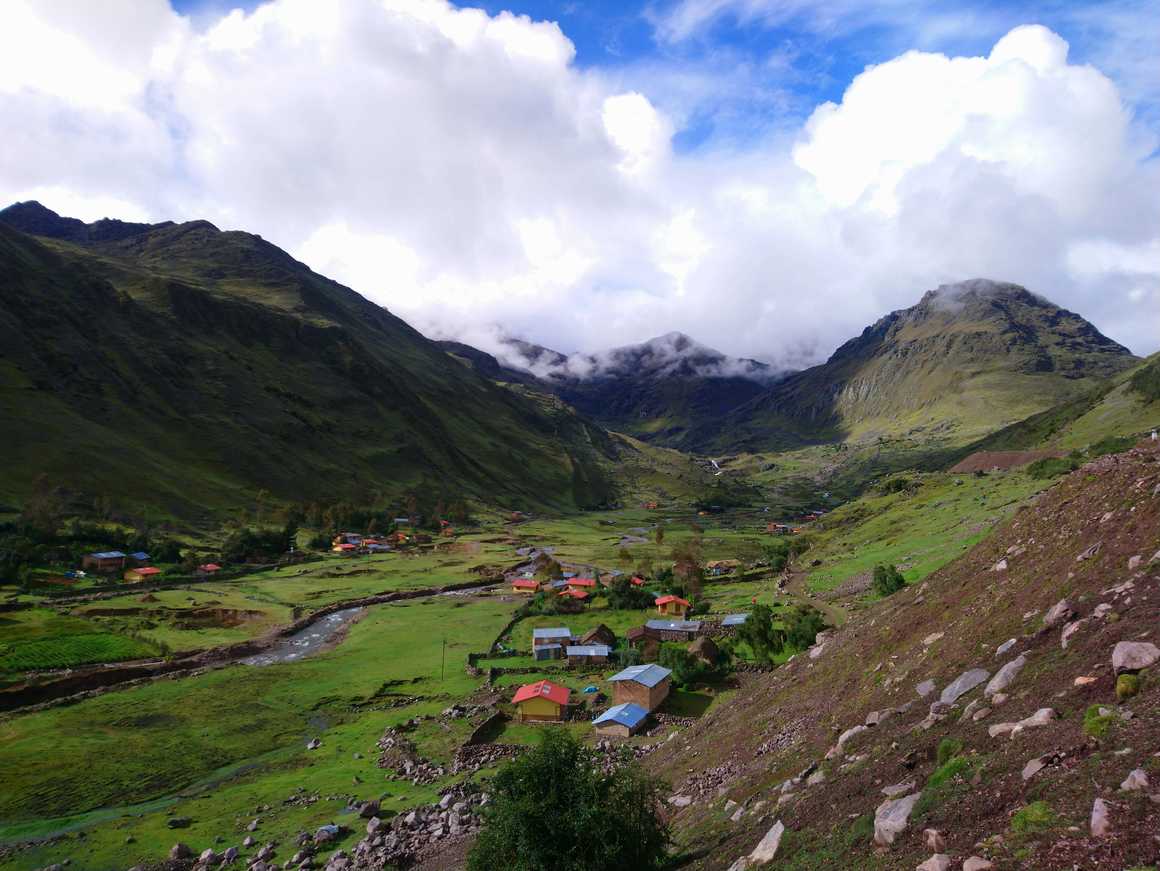
Trip length: 7 days
Trek duration: 3 days
Difficulty rating: Moderate
If you want a completely crowd-free authentic route that is relatively easy, the Lares Trek, Peru, is probably the one for you.
Beyond the crowded Sacred Valley sits the Lares Valley. Here life remains much as it has for hundreds of years and the occupants still wear traditional dress, raise herds of llamas, and weave cloth for locals and tourists.
The locals you see on your trek may well be the only people you see on your journey, and the still and quiet feeling you get on this trek is a far cry from the busy Inca Trail. The Lares trail, Peru, begins in the town of Lares (which has some stunning hot springs), before a winding track takes you below the towering Mount Veronica. Here you’ll experience breathtaking vistas across the surrounding landscapes.
The trek concludes at the ruins of Ollantaytambo where you take a short train journey to Machu Picchu.
The Lares Trek vs the Inca Trail offers the quietest route to Machu Picchu with the greatest experience of life in the mountains. It’s much shorter than the Salkantay Trek, making it a great option for those low on time. It’s also ideal for people who have tried the Inca Trail and are looking to explore the traditional Peruvian way of life on subsequent visits.
highlights
1. Visit the Salt Mines at Maras – over 3,000 incredible terraced salt pools cover the mountain slopes, predating the Incas. These are a particularly spectacular highlight on the first day of the Lares Trek.
2. Experience traditional farmer’s markets deep in the mountains for a unique insight into daily life for those who call here home.
3. Journey through the beautiful Huillquijasa Pass at 4,445m high for fantastic views of the surrounding high peaks, turquoise glacial lakes and lush forested valleys below.
3. The Choquequirao Trek
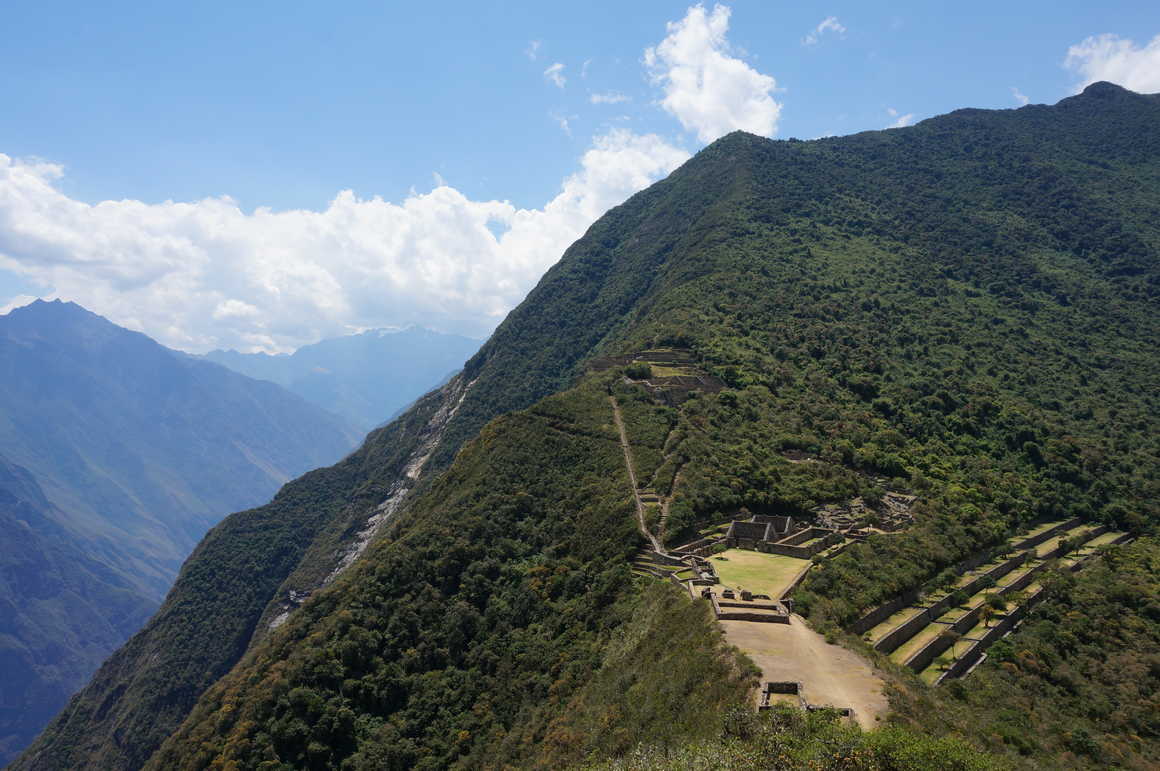
Trip length: 12 days
Trek duration: 8 days
Difficulty level: Moderate
One of the more challenging routes to Machu Picchu, the Choquequirao Trek, Peru, is perfect for wilderness lovers. Anyone who has hiked this route will tell you, you’re not likely to see another person the entire week!
This mountainous trek requires good stamina to conquer uphill sections. It begins by trekking through the mile-deep Apurimac River Canyon for several days before arriving at the remote and very impressive ruins of Choquequirao, meaning ‘cradle of the gods’.
Choquequirao is one of the most important recent discoveries of Inca civilization. Sitting astride a high ridge set among snow-capped peaks, the Inca outpost of Choquequirao rivals Machu Picchu in size and splendour! To experience Choquequirao trekking at its best, arriving on foot and spending time at this incredible site is a must.
Not only this, but the ruins are likened to Machu Picchu because of the skilful stonework on display. The trail continues through the wilderness of the Cordillera Vilcabamba that still looks today like it did centuries ago. The trek takes you around several mountains and through a diverse variety of scenery, from cloud forests to grasslands, dry scrub and lush valleys. After visiting several smaller ruins, you’ll take a short train journey to Machu Picchu.
highlights
1. Explore not one, but two, ancient Inca sites. Choquequirao is absolutely fascinating, and this route allows a whole day for experiencing this magical ruin.
2. Swim in the Rio Blanco before ascending to 3,000m on day 3 of your trek. The perfect way to cool off and enjoy the stunning natural surroundings.
3. Stay on a coffee plantation towards the end of your trek and sample the best coffee in Peru, grown, harvested and roasted right here.
4. the Ausangate trek
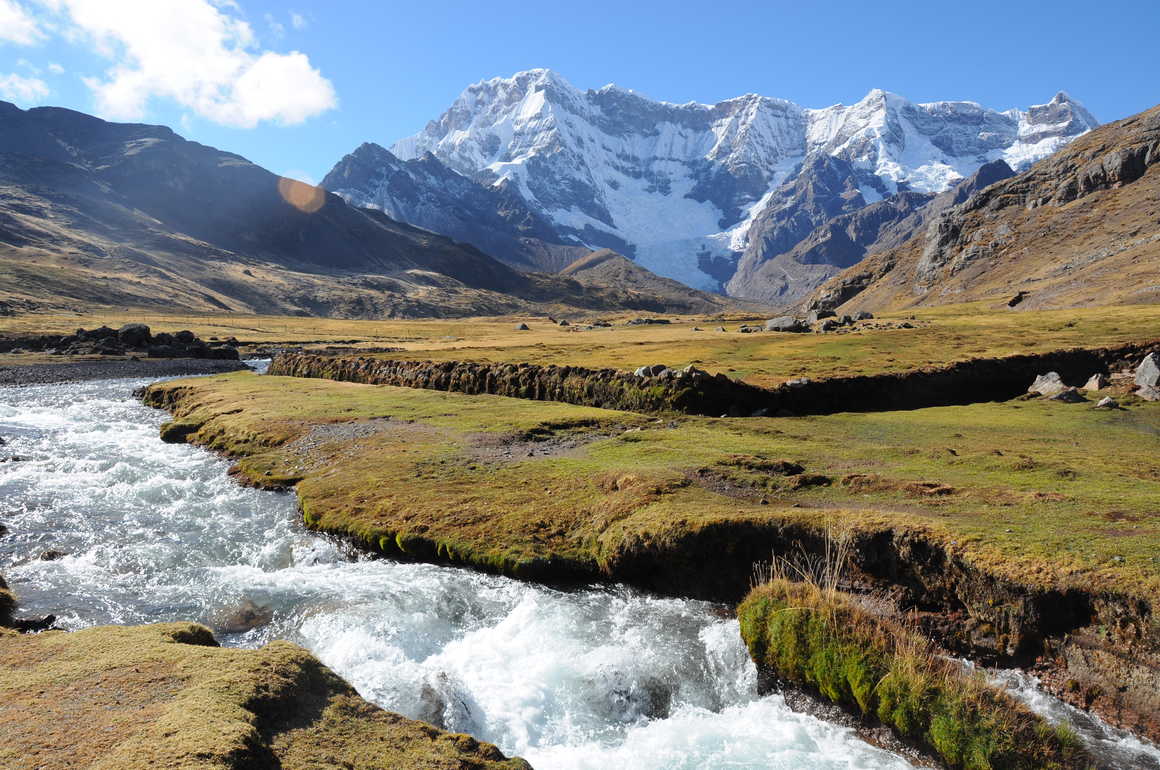
Trip length: 10 days
Trek duration: 4 days
Difficulty rating: Moderately difficult
One of the least known treks in Peru, the Ausangate Trek takes its visitors through mountainous scenery that is simply stunning, including three remote, high passes.
Lying roughly 150 km south of Cusco is the Vilcanota mountain range, home of Ausangate Mountain towering at 6,384m high. This is without doubt one of the most beautiful mountain ranges in Peru, including several peaks over 6,000 meters.
The trek is an exciting wilderness circuit that winds its way through the mountain range, taking lush valleys, high-altitude lakes and one of the most colourful landscapes in the world! Condors are common here, as are traditional herdsman and hot springs. The trek is incredibly picturesque, and most camp sites are beside beautifully clear lakes.
Prepare for some tough climbs though as the trail ascends over three passes above 5,000 meters. Although not near Machu Picchu, our trek takes you on the train from Ollantaytambo to Aguas Calientes to experience the mystical Machu Picchu.
If you want a challenging, remote trek at high altitude with stunning scenery, this is the one for you!
highlights
1. Hike past the breathtaking Rainbow Mountain, also known as Vinicunca – a colourful striped peak – that when viewed from 5,000m is just magical.
2. Sibinacocha, Pucacocha, and Jatun Pucacocha are just some of the glacial lakes you’ll pass on your journey. Their reflections of the peaks above are sensational.
3. This region is rich in both wildlife and authentic Quechua culture. Learn about the way of life in the Andean Mountains as you pass through this remote area.
5. The Vilcabamba Trek
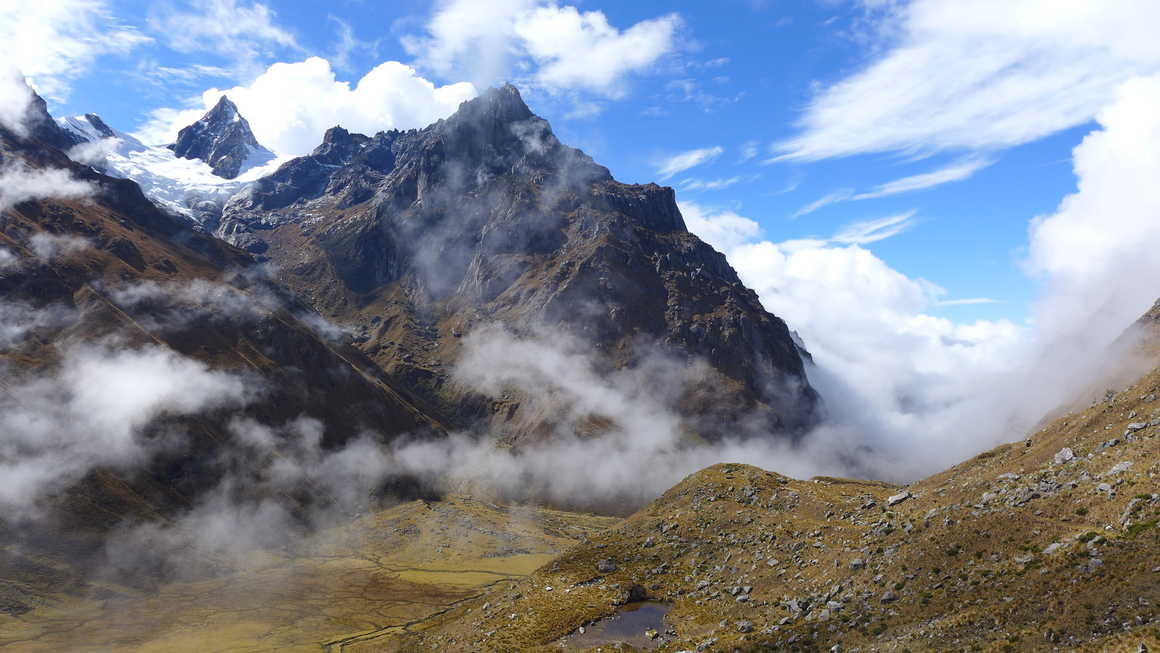
Trip length: 8 days
Trek duration: 6 days
Difficulty: Moderately difficult
This is the trek for those who want a little extra challenge to their Machu Picchu trek.
The Vilcabamba Trail is well known for its peerless wilderness experience where hikers trek deep into the Cordillera de Vilcabamba mountains. You'll witness an incredible range of biodiversity as well as pockets of local communities that remain mostly unchanged for centuries.
This route boasts some of the best examples of Inca ruins as these were the last settling places of this historic empire. The trail is the harder of the five listed here, but if you're looking for a proper off the beaten track adventure, Vilcabamba is a quintessential alternative route to Machu Picchu.
highlights
1. Explore Espíritu Pampa, ‘the lost city of the Incas’ in the Vilcabamba region. Known also as Old Vilcabamba, these hidden ruins are the last Inca frontier against the Spanish conquest and have only recently been fully excavated.
2. Journey through some of the most remote cloud forests in the world. Teeming with orchids and hummingbirds, the contrast between high mountains passes into lush cloud forest is absolutely striking!
3. This route is challenging – there are long days and plenty of ascent and descent. However, your efforts are rewarded as you discover one of the most diverse regions of the Andes.
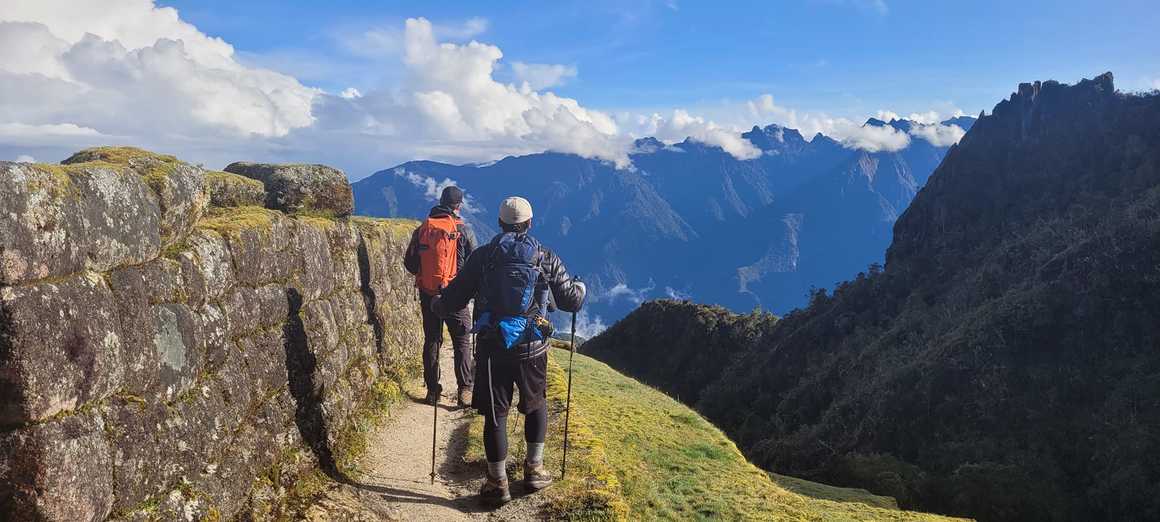
The Best Route to Machu Picchu
There is more than one way to get to the historic citadel of Machu Picchu, as we’ve shown! We couldn’t possibly choose which is the best route to Machu Picchu as they range in duration, difficulty and region, each offering their own unique insight into modern life and ancient history.
If you need help deciding, get in touch with the travel experts at Kandoo HQ to discuss Machu Picchu hikes and which could be the one for you.
